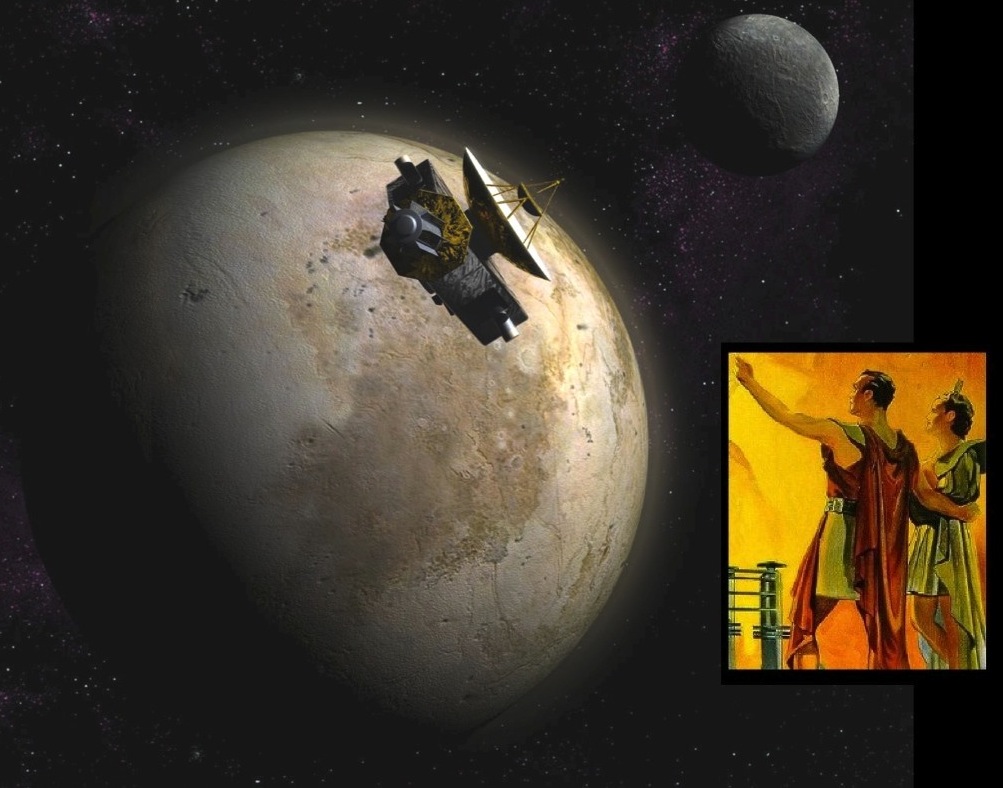 |
|
Astrophysical and Planetary Sciences Colloquium, Jointly Presented with LASP
Monday, December 02, 2013 at 4:00 PM JILA Auditorium Bill McKinnon, Washington University, St. Louis "The Provenance of Pluto-Charon: Implications for Composition and Structure, and the Shapes of Things to Come"  Abstract:New Horizons will revolutionize our understanding of the Pluto system in 2015, but understanding of Pluto’s provenance has been strongly evolving for years. Pluto has emerged as a surviving oligarch/dwarf planet of the primordial planetesimal disk beyond the initial compact planetary configuration. In terms of formation, Pluto accreted in full within a gas-free environment or at best during the waning stages of solar nebular gas loss, and should be composed of subequal amounts of volatile ices (including volatile organics), less volatile carbonaceous matter, and refractory “rock.” Such rock should be solar in composition or close to it (with respect to non-volatile elements), with various degrees of aqueous alteration possible prior to final incorporation. Pluto’s rock/ice ratio is (still!) ~0.7 by mass, calculated on an anhydrous basis and neglecting its less volatile carbonaceous component, and Pluto is almost certainly differentiated (but the situation for Charon is far less clear). New Horizons will not pass close enough to Pluto (or Charon) to measure degree-2 gravity, but shape determination from imaging offers the possibility of determining differentiation state as long as hydrostatic equilibrium is attained post tidal evolution.
|